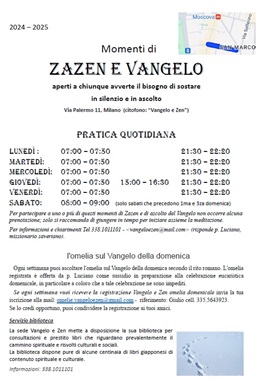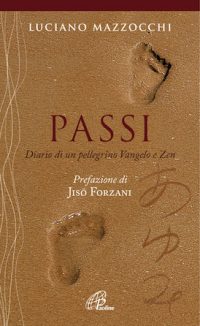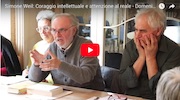* 1. “The Body of Christ”
The Sacrament of the Eucharist has also been traditionally called “the sacrament of the Body of Christ.”
Both in the terms used and in the theology it underlines the stress here is laid on the “body” of Christ, His true humanity, his kinship with our human, material, bodily existence.
Long centuries of Christian devotion have emphasized this aspect of the sacramental presence of Christ, but never, I think, the necessity and beauty of a deep awareness of one’s own bodily reality in the act of adoration of Christ’s bodily presence. A true and deep appreciation of the fact that the Son of God has taken on our humanity, our bodily nature, entails a deep and joyous experience of our own, not “having,” but “being” a “body”! In the practice of zazen I have found this spiritualization of the human body, this stress on the bodily involvement in the search for and experience of salvation. In traditional prayer before the Blessed Sacrament, the kneeling posture was generally used in the past, and of course may still be practiced today. But, besides the face that such a posture is unknown in the Japanese culture, it is now made difficult in many churches and chapels by the absence of pews or kneelers. Moreover, this posture, very apt and useful in emphasizing adoration (which obviously remains one important aspect of this kind of prayer!) is less suited for conveying the attitude of interior communion with Christ and his sacrifice or selfgiving, stressing, as it does, duality rather than unity. Such posture can certainly be useful to stress adoration, and will be used for that purpose, but the zazen posture will be found more conductive to the inner oneness with the self-emptying and self-giving way of being of Christ in the sacrament of the Eucharist.
Again, simply sitting, for example on a chair, or taking the squatting position on a Japanese tatami, would be appropriate for prayer before the Blessed Sacrament when one wants to read and meditate on the Word of God. In this instance, Christ is perceived as the teacher, the Word of God who speaks to his disciple from the silence of his sacramental presence; but the zazen posture would take this attitude further and deeper, inviting to perfect unity, union, communion, with Christ himself in his definite and everlasting self-effacing, self-giving existence.
The importance that zazen attributes to the body and the deep meaning of zazen itself as overcoming all subject-object opposition in the unifying experience of satori would contribute greatly to the development of eucharistic adoration in the direction of communion with Christ’s Body as permanent sacrament of his sacrificial death and his bodily resurrection.
| Experiment In Inculturation « | » The Silence of Christ In the Eucharist |





